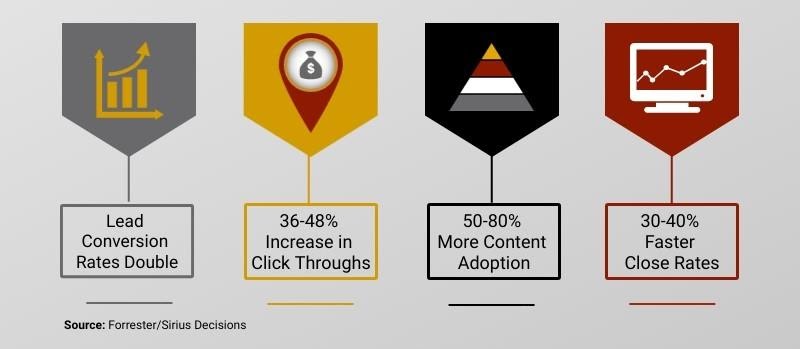I went to Tel Aviv a few years ago to teach the Effective Product Marketing seminar for one of the Pragmatic Marketing clients. For some reason that I can’t remember, I scheduled a 1:00 a.m. departure for my return to the U.S., which meant teaching all day, maneuvering through a very unfamiliar customs process, flying back to New York, and finally connecting to a flight to Seattle.
If you’ve spent much time on planes you will be as surprised as I was about what happened when I ran into Jeff, who occupied the seat across the aisle from me on the last leg of my trip. We talked until one of the other passengers complained, and then set up a time to talk again later. I’ve traveled hundreds of thousands of miles with thousands of other passengers since then, but that conversation still stands apart.
Jeff runs product management for a well-known product line at one of the largest technology companies in the world, but I meet people in similar roles almost every week. What makes Jeff so compelling is that he tells his product managers that their job is to manage problems, not products. His point is simple – if you give a guy a product to manage, he’ll find capabilities to add to the product, whether the market needs them or not. Jeff doesn’t want to hear his product managers talking about solutions; he wants to hear, in detail, about the problems that potential buyers are facing.
Even though this focus on market problems is embedded in all of the work we do at Pragmatic Marketing, Jeff made me realize how thoroughly we’ve been trained to think about the answer, and how hard it is to shift our focus to the question. When was the last time someone in your company told you to bring them problems, not solutions? Jeff has turned a basic cultural norm inside-out, and has leveraged this philosophy to achieve a series of rapid promotions.
Jeff told me that his idea has had a significant impact on internal meetings. He interrupts any debate about the merits of various decisions and asks participants (even significantly more senior executives) to present as much detail as possible about the problem. He says that it is relatively easy to get people with different
agendas to agree on the nature of a problem, and that the solution is then obvious and more readily accepted.
Although it’s been years since I met Jeff, I regularly think of him when I’m working with marketers who are struggling to gain internal support for a strategic, market-driven process. How many times do product managers argue for investment in a new product capability without thoroughly understanding and communicating the unsolved problem it will address? How much time and money is spent on a go-to-market initiative without first defining the problems that matter most to the buyers, and what attitudes have prevented them from doing business with us?




